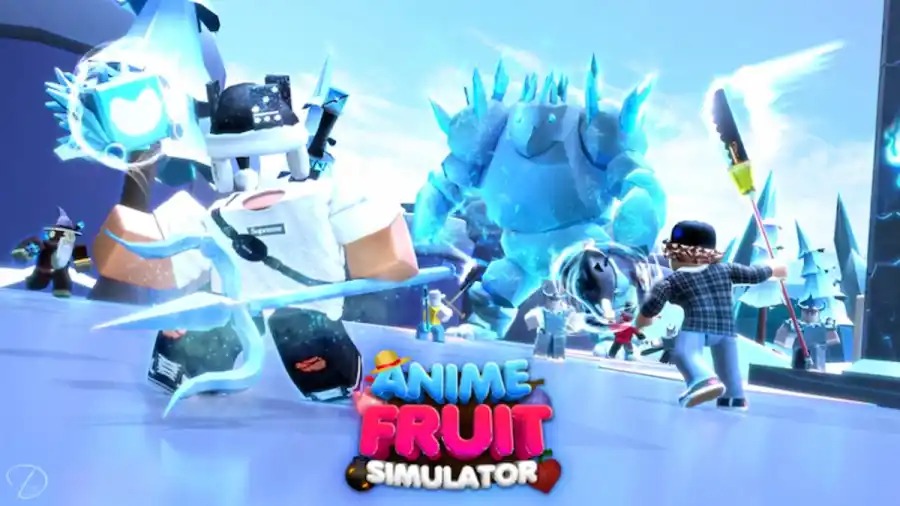You’ve got to hand it to esports. When presented with problems, we fix them fast.
Take this matter of drugs testing for example. Off the back of a few unsubstantiated claims from a single player, the major tournament organizers rushed to ensure a drug-free environment. ESL went even further and partnered with the National Anti Doping Agency (NADA). Now competitors can look forward to pissing into test tubes while supervised because their headshot ratio was disproportionately high or their micro was above a certain APM.
That’s how we roll in esports though: We see a problem and the powers that be swoop in and solve it. That’s why there’s a player’s union, timely pay-outs, legally binding contracts that protect both parties, an end to match fixing and cheating, clear gambling regulations, no conflicts of interest or petty corruption. Truly, it’s a utopia.
As someone who’s spent the bulk of his adult life in esports, I didn’t even know we had a drug problem. It wasn’t commonplace by any means, but I’ve seen players across a lot of different games take a lot of things and it wasn’t exactly a secret. Some high-level StarCraft pros swear by beta blockers to combat on-stage anxiety. Top Call of Duty players make sure to be cranked on Adderall before must win games, consuming so much it’s a great financial boon for fixers who attend the events. (If you’ve ever watched Call of Duty players trash talk each other, you must have realized the players had to be on something to lack the self-awareness required to be that embarrassing.) Counter-Strike players, used to terrible LAN events that see the best teams play for as much as 16-hour stints, would rely on coke, booze and uppers to get them to the end, then smoke weed to come back down to Earth and get sleep before a flight. I know that because I’ve been there and done all that with them, in the interests of earnest reporting.
And let’s be clear, the tournament organizers knew as well. You don’t need to be a narcotics agent to see the wild-eyed stares, fixed grins, pouring sweat, and constant face-touching. There was an unspoken understanding that there was no need to talk about it, provided the tournament could simply make it to the end in the timeframe allocated, that everyone was entertained, and that it was deemed a success publicly. Tournament organizers had little to no interest in parenting the players beyond telling them to turn up on time and start the game. Maintaining the esports illusion—that the industry is professional, profitable, popular, and just like real sports—is what’s important to everyone in this business. If it takes drugs to keep everything in check, so be it.
So why is it suddenly so important to take these measures? Why now? The answer is obvious if you understand the mechanics of the esports industry.
First, the mainstream media are suckers for anything that makes esports comparable to “real” sports. Exorbitant salaries, large prize pools, high viewing numbers, match fixing, and now doping—the media seizes on all of these. They’re stories that will hook outsiders. This is true of any sport. But at a time when you have convicted rapists playing professional soccer or NFL players suddenly deciding to murder people, it could all seem a bit tame. Apply these stories to an all-too-often-mocked niche interest, however, and people suddenly sit up and take notice. It’s like going on Imgur and seeing a cat stood upright dressed in human clothes. “Look” the morons laugh, “it thinks it’s people.” So it is with esports “scandals.”
Once these headlines are in the press, the tournament organizers know that the quicker they act to present a “solution,” the quicker they can bag a bunch of free, positive publicity that they can show investors and sponsors next time they’re having the awkward end-of-financial-year sitdowns. “Look,” they say, “we made esports look like sports.” And everyone nods, signs a check, and gets back to browsing Imgur.
As you can see, the motivations are political, which usually means financial. The added bonus of looking like an industry leader can’t be downplayed. For a company like ESL, newly acquired by the Swedish media giant Modern Times Group, this is quite the feather in the cap and gives them a chance to talk about something positive (especially after one of its recent events came in for serious criticism from the community). It doesn’t even seem to have mattered to anyone that ESL is hardly the first esports organization to hold drug tests. The International Esports Federation, (IeSF) held tests in 2013 and 2014 (mysteriously finding that no one touched so much as a cold remedy) and no-one gave a toss.
Still, here we are entering this brave new world of esports and I’ve got to ask one question—do we even know the benefits of these drugs on esports competitors, or if you prefer “cyberathletes?” Given that we don’t use our bodies in the same way as runners, swimmers, football players, or almost any mainstream sport, shouldn’t there be some sort of studies conducted to find out how much enhancement these drugs actually give before we blindly accept a list of banned substances from a completely different set of disciplines? I mean, given that in American culture it’s accepted that students studying for exams will pop Adderall in order to aid their concentration, should exam boards start invalidating grades that were achieved on drugs? Should there be spot testing for all students? I’m not even going to Google if this is already happening because if it is that’s another fact to store in the part of my brain called “fuck this planet,” and it is already overloaded.
Think about this: Darts introduced drugs testing in 2006. Have you seen darts? Overweight drunks trying to bring their vision into focus long enough to throw a pointed metal stick into a piece of wood from seven feet away. If you’re playing that for a living you deserve to be on drugs and the audience should be too. Players used to play while swilling pints of beer without anyone batting an eyelid. So how do you gauge what counts as performance enhancing? The same year tests were introduced, professional player Robbie Green was banned for marijuana use. The number of fucks given by anyone in the darts community didn’t mount up to 180.
Without wanting to echo the sentiments of the arcade machines of my youth, in my experience it’s rarely the winners who use performance-enhancing substances. Actual champions are, for the most part, confident in their ability to win and are confident in themselves. The need to use something in order to win comes from a place of insecurity, a lack of confidence. The substances might well give them an edge, but never enough to drag them to first place.
In an industry like ours—existing almost entirely online, its fans often hiding behind anonymous aliases and completely unaccountable for the things they say and do—the fear of failure and ridicule is very real. Even before angry teenage gamblers would happily tell losing players to kill themselves for costing them their pocket money, the online environment was brutally judgmental. I’ve seen so many overweight players ridiculed that they resort to dangerous crash diets or supplements—more often than not steroids—in a bid to starve the snipers of ammunition. No-one said a word, no-one spoke out of the image problem or the culture of fear. It was deemed not good for business.
What is good for business, it seems, is to introduce a measure that I’m not entirely sure we need right now—if ever. I don’t see how drug tests can be implemented in a fair fashion with the infrastructure we have, which already puts players on the weaker side of the power dynamic. How will appeals work if anyone is found guilty? What happens with the medical information that needs to be disclosed by players if they require special dispensation due to a condition? Given we can’t even run events where people don’t get their equipment stolen, how can we trust a chain of custody when it comes to tests?
There are plenty of questions I’d like to see answered. Sadly, I don’t think they make snappy headlines.












Published: Jul 28, 2015 08:34 am